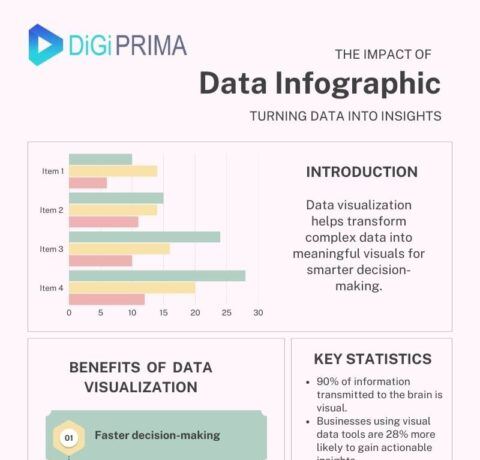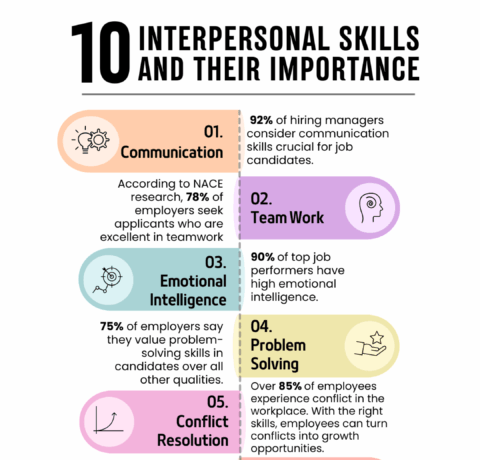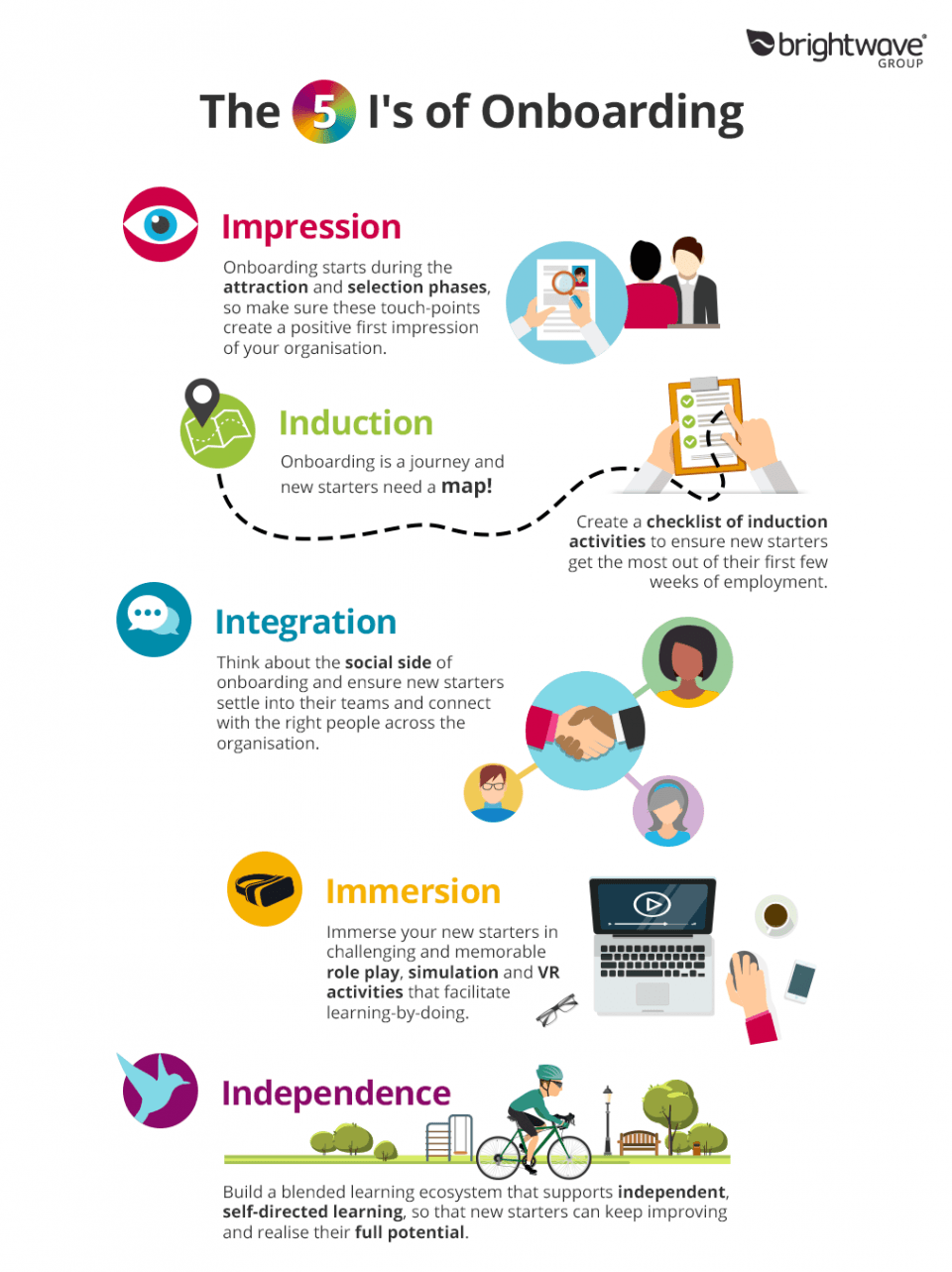The 5 I's of Onboarding & Induction Infographic
How much does it cost to hire and train up a new starter in your organisation? Research by SHRM suggests it can cost 6 to 9 months’ salary every time a business replaces an employee, while a study by Oxford Economics estimates it costs £30,000 on average to replace someone when you factor in recruitment, training and lost productivity.
Onboarding is the process people go through to acquire the knowledge, skills, attitudes and behaviours required to become effective employees. Given the eye-watering expense of replacing good people, it's amazing that less than a third of companies have a formal new starter programme, as this can make the difference between someone staying or leaving within their first year of employment.
Each phase of the process is important and needs to be tailored to the unique needs of the organisation and individual to get the best results. This infographic shows you how to turn your newbies into rock stars in weeks or even days, with just the Five I's of Onboarding and Induction...
1. Impression
First impressions count, so it's important that the attraction and selection process makes the new starter feel like they're making a fantastic career choice. Competition for good people can be fierce, so as well as testing your candidate's suitability at interview, you need to sell what you have to offer in terms of development opportunities, culture and values. And once your new starter has accepted the position, why not capitalise on their excitement and motivation by giving them access to a pre-joiner portal?
2. Induction
Induction is a critical event in the onboarding journey and usually takes place over a two to four week period. Some of the key ingredients of an effective induction include a warm welcome on day 1; pain-free (or near enough!) access to door passes, workstation and systems; buddying and job shadowing; initial work assignments; and an easy-to-follow learning pathway for mandatory and role-specific e-learning and classroom training.
3. Integration
Happy employees are more efficient, more productive and more loyal, which is why you need to think about social integration. How is your new starter settling into the team? Are they connecting with the right people to be successful? World-class organisations don't leave the social aspect of onboarding to chance. Assigning mentors and buddies and making introductions will help your new starters form successful working relationships quickly.
4. Immersion
Learning-by-doing is the most effective way to learn, so we use high-impact, immersive techniques to enrich the onboarding journey. Role-play is the ideal way to develop customer-facing skills for new starters in contact centres and retail; while business simulations can help new managers make better decisions by 'war-gaming' how they'd respond to a wide range of situations.
Virtual reality (VR) offers the ultimate immersive learning experience and can be used to great effect when familiarising new starters with dangerous or difficult to access environments, complex machinery and emergency situations that are almost impossible to simulate using traditional training methods.
5. Independence
The goal of onboarding is to equip new starters with the knowledge, skills and connections required to perform effectively in their role. But what happens next? We see onboarding as just one part of a wider ecosystem that high-performing organisations are building to support continuous learning in the workplace. Once new starters have the knowledge and confidence to become more independent, they'll use the organisation's knowledge management and performance support tools to complete everyday tasks, undertake self-directed learning, and work with their Line Manager to co-create their development goals and career path.
See also: 5 Strategies for Employee Onboarding Success Infographic







You can adjust your cookie preferences here.